Lepidoptera portraiture
Author’s notes
Warning: due to the large quantity of highly detailed images, please exercise patience.
Except for the two photos indicated, all images have not been cropped. The remarkable magnification was achieved with optics alone. Photoshop was used to only watermark and resize.
A moth visited me yesterday night. It was a decently sized creature, with a wingspan of about 4 cm. I cupped it in an upturned food container and slid the lid on. The creature flitted maniacally in the clear box, hitting the sides and changing directions haphazardly.
Warning: due to the large quantity of highly detailed images, please exercise patience.
Except for the two photos indicated, all images have not been cropped. The remarkable magnification was achieved with optics alone. Photoshop was used to only watermark and resize.
A moth visited me yesterday night. It was a decently sized creature, with a wingspan of about 4 cm. I cupped it in an upturned food container and slid the lid on. The creature flitted maniacally in the clear box, hitting the sides and changing directions haphazardly.
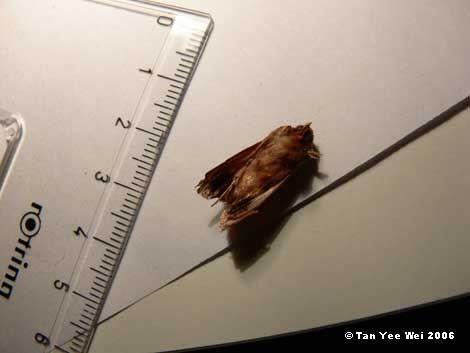
Fridgey the Moth
Trapped within a box which once contained green curry, the moth could see it was being carried along through the house. Its captor stopped in front of the fridge and pulled the freezer door open. The door’s magnetic and rubber seals unstuck with a fridgey sound. Cold air washed out of the chilled space, its motion marked by a turbulent cloud of cascading mist.
The box with the moth was put into the cold space and the door shut. It became dark.
In the mercilessly cold freezer, heat rapidly ebbed away through the container walls. The moth’s core body temperature dropped steadily. Being a cold blooded animal, its metabolic rate was directly dependent on temperature. As the box cooled, the moth stopped fluttering in the darkness. It perched itself on the floor of the container and folded its wings.
The temperature continued its inverse-exponential decline. The moth went to sleep.
The box with the moth was put into the cold space and the door shut. It became dark.
In the mercilessly cold freezer, heat rapidly ebbed away through the container walls. The moth’s core body temperature dropped steadily. Being a cold blooded animal, its metabolic rate was directly dependent on temperature. As the box cooled, the moth stopped fluttering in the darkness. It perched itself on the floor of the container and folded its wings.
The temperature continued its inverse-exponential decline. The moth went to sleep.
From El Salvador to Kuala Lumpur, it is said that the powder shed from a moth’s wings can cause blindness.
It’s actually not powder, but scales from the moth’s wings. Let’s take a closer look.
It’s actually not powder, but scales from the moth’s wings. Let’s take a closer look.
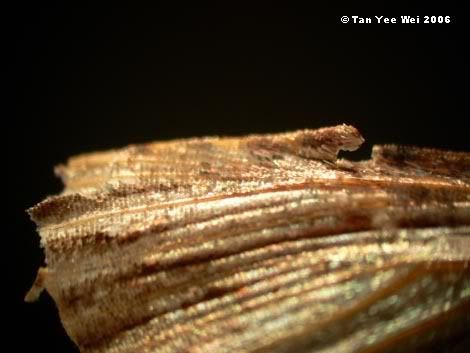
On Wings of Gold
Click here for large size image
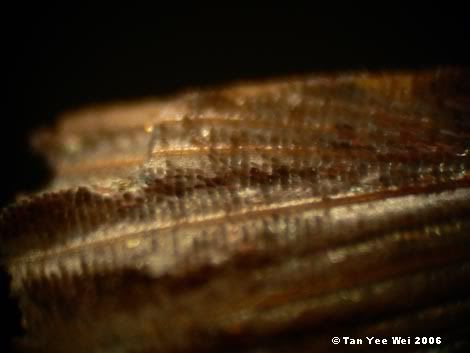
Click here for large size image
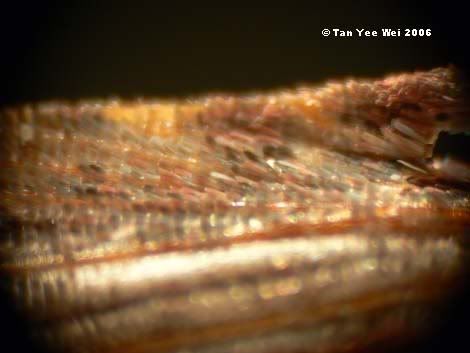
Click here for large size image
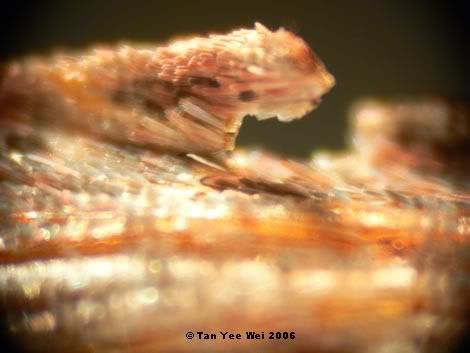
Click here for large size image
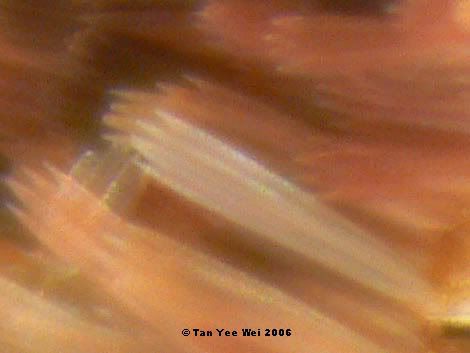
Click here for large size image
This is a 100% crop of the previous image. The magnification of this image on screen is approximately 400x.
Note the fascinating shape of the individual scales.
And the face of the mo(n)th:
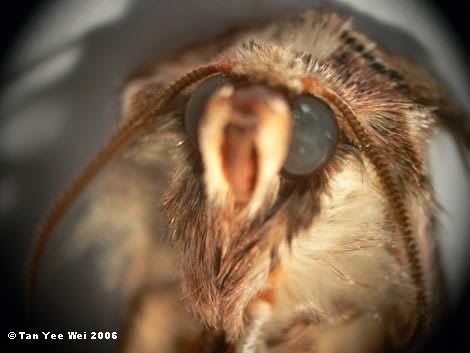
Click here for large size image
Frontal view

Click here for large size image
Side elevation
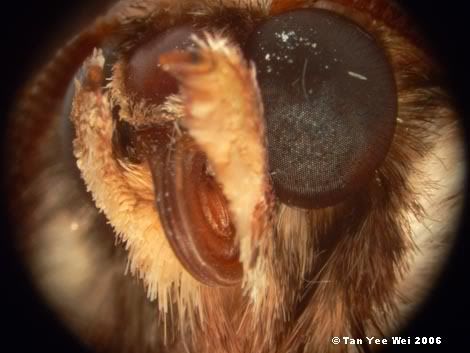
Click here for large size image
Note the curled up feeding tube (proboscis). That device is used for sucking nectar from plants.
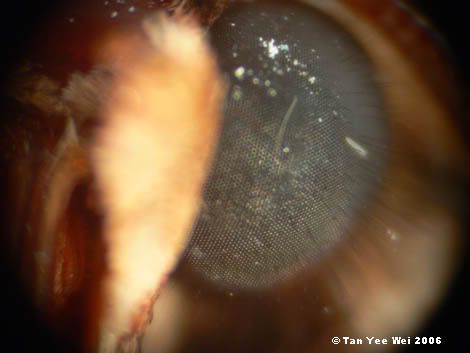
Click here for large size image
Note the long thin hairs growing from the compound eye’s surface.

Click here for large size image
This is a 100% crop of the previous image. The magnification of this image on screen is approximately 400x.
Each unit in the compound eye has its own cornea, lens and photoreceptor.
Fridgey the Moth did not wake up from his sleep. We would like to give it a big 'thank you' for contributing to today's enlightening post. We will never forget you.
Photographs
Interesting reads
Mathematics & Applied Sciences
Labels: microscopy, natural science, photography

<< Home